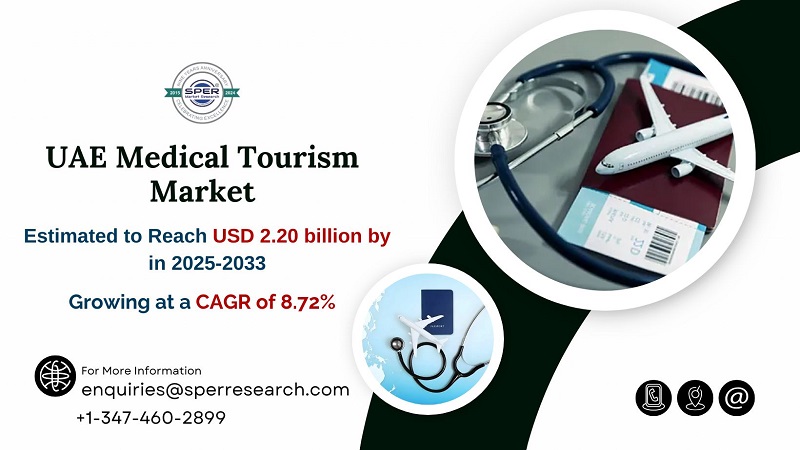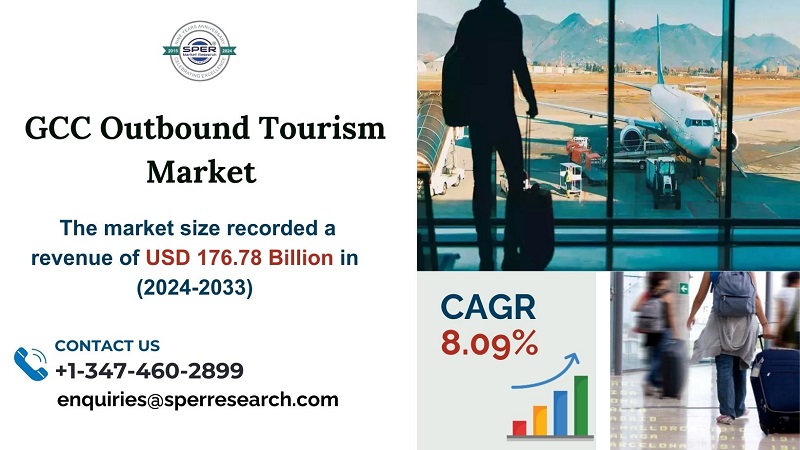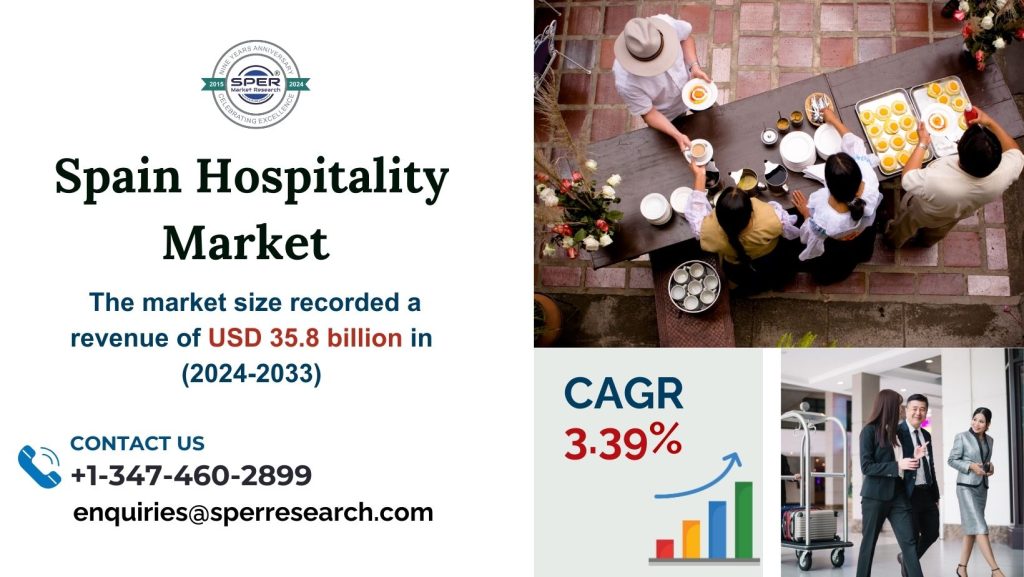Discovering and visiting places by yourself, without the company of friends, family, or organized groups, is known as solo travel. It gives visitors the freedom to design their own schedules, make impromptu choices, and engage deeply with many cultures whenever they want. Many solo travelers aim for self-discovery, independence, and personal growth while gaining confidence in their ability to handle new circumstances. Additionally, this kind of travel encourages deep ties with locals and other tourists, leading to priceless international connections and lifelong friendships. Traveling alone can still be a fulfilling way to gain self-confidence, discover new things, and reflect. It has becoming increasingly popular among contemporary travelers worldwide since it allows people to embrace new experiences, step beyond of their comfort zones, and make memories that are wholly their own.
According to SPER Market Research, ‘U.S. Solo Travel Market Size- By Travel Type, By Traveler Type, By Gender, By Age Group, By Booking Mode – Regional Outlook, Competitive Strategies and Segment Forecast to 2034’ state that the U.S. Solo Travel Market is predicted to reach 314.31 billion by 2034 with a CAGR of 12.69%.
DRIVERS:
Several significant elements drive the United States Solo Travel Market. A major driver is the growing desire for personal freedom and self-exploration, particularly among millennials and Generation Z, who see solo travel as a means to escape from routine, overcome phobias, and gain confidence while immersing themselves in authentic cultural experiences. Remote work and digital nomadism are also driving growth, as flexible work arrangements allow people to combine travel with professional obligations, resulting in longer stays and increased demand for co-living spaces and flexible reservations. Furthermore, the growing emphasis on mental health and wellness has positioned solo travel as a therapeutic vacation, with wellness retreats, nature immersion, and self-care itineraries becoming popular options.
For Detailed Analysis in PDF Format, Here- https://www.sperresearch.com/report-store/us-solo-travel-market?sample=1
RESTRAINTS:
The US Solo Travel Market confronts significant constraints that can hinder its expansion. Safety remains one of the most pressing issues, with solo travelers, particularly women and underrepresented groups, frequently concerned about personal security, harassment, theft, or handling situations alone. Crime in particular urban locations, petty thievery in tourist areas, and natural hazards like wildfires or harsh weather all increase the risks, discouraging both domestic and foreign lone travelers. Another significant constraint is the increased expense compared to group travel. The travel infrastructure in the United States is largely based on shared spending, making accommodations, auto rentals, tours, and eating disproportionately expensive for lone visitors. Single occupancy fees on packages, as well as a scarcity of affordable solo-friendly options, frequently force people to spend more money or sacrifice quality.
For More Information, refer to below link: –
The Southern region is leading in the US Solo Travel Market, owing to its numerous cultural attractions, pleasant environment, and affordability. The South has experienced an increase in boutique hotels and travel businesses that cater to independent visitors, providing personalized experiences and also due to its lower travel costs. Some major leading companies are Airbnb Inc, Austin Adventures, Booking Holdings Inc, Contiki Holidays Limited, EF Education First Ltd. (EF Go Ahead Tours), and others.
Related Reports:
Pet Travel Accessories Market Growth
Follow Us –
LinkedIn | Instagram | Facebook | Twitter
Contact Us:
Sara Lopes, Business Consultant — USA
SPER Market Research
enquiries@sperresearch.com
+1–347–460–2899









